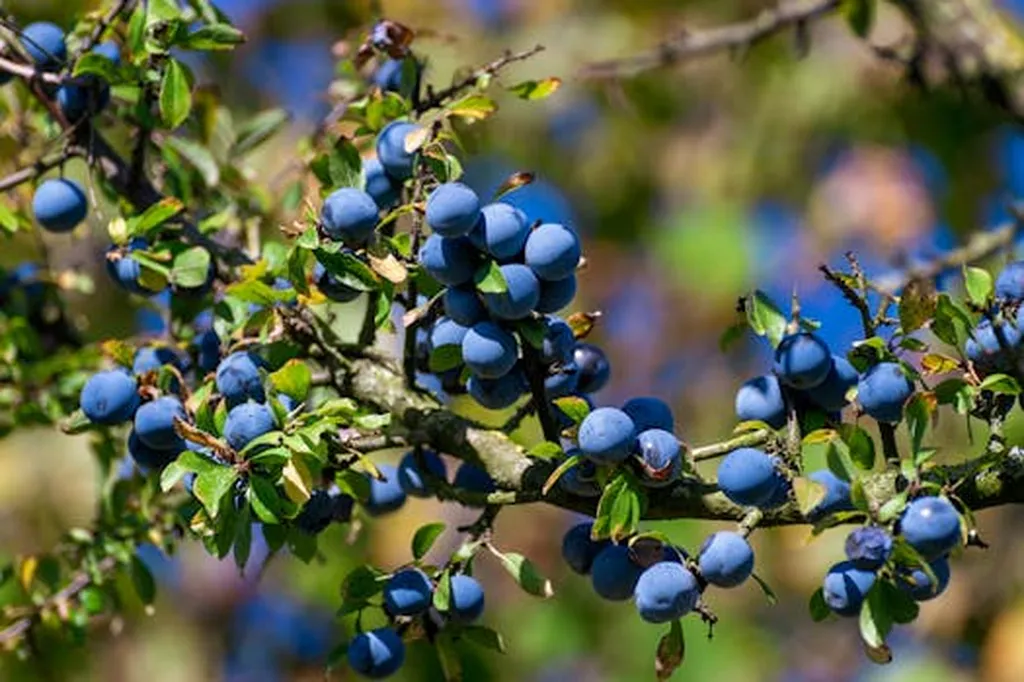In the vast expanse of space, two unassuming satellites are quietly revolutionizing our understanding of Earth’s natural resources and offering a lifeline to the agriculture sector. NASA’s Orbiting Carbon Observatory missions, OCO-2 and OCO-3, initially designed to measure atmospheric carbon dioxide, have unexpectedly become vital tools for monitoring photosynthesis and plant health from space. Their high spectral and spatial resolution data, particularly solar-induced chlorophyll fluorescence (SIF), are now instrumental in supporting crop yield forecasting, drought early warning, and forest and rangeland management.
The satellites’ decade-long mission has set a gold standard for space-based SIF retrievals, providing actionable information to manage risks associated with extreme weather events such as droughts, floods, and wildfires. “The data from OCO-2 and OCO-3 is like having a pulse on the health of our planet’s natural resources,” says Mark Svoboda, lead author of a recent commentary published in AGU Advances and a scientist at the National Drought Mitigation Center at the University of Nebraska-Lincoln. “It’s transformative for agriculture and essential for global food security.”
The commercial impacts for the agriculture sector are profound. Farmers and agronomists can leverage this data to optimize crop management practices, improve yield forecasts, and mitigate the effects of extreme weather events. For instance, early detection of drought conditions allows for timely interventions, potentially saving millions of dollars in crop losses. Moreover, the data supports precision agriculture, enabling farmers to tailor their practices to the specific needs of their crops and land, ultimately enhancing productivity and sustainability.
Forest and rangeland managers also benefit from the satellites’ data. By monitoring the health and productivity of forests and rangelands, managers can make informed decisions about resource allocation, conservation efforts, and fire management. This is particularly crucial in the face of climate change, which is exacerbating the frequency and severity of wildfires and other extreme weather events.
The potential for future developments in this field is immense. As Svoboda notes, “The data from these missions is just scratching the surface of what’s possible. With continued funding and research, we can unlock even greater insights into terrestrial ecology and improve our ability to manage and conserve our natural resources.”
However, the future of these missions hangs in the balance. NASA’s FY2026 President’s Budget Request omits continued funding for OCO-2 and OCO-3 beyond FY2025, threatening to end this invaluable source of data. The commentary in AGU Advances underscores the importance of keeping these satellites operational, not just for scientific advancement but for the practical benefits they bring to U.S. agriculture, national interests, and global food security.
As we stand on the precipice of a new era in agricultural technology and environmental management, the data from OCO-2 and OCO-3 serve as a beacon of hope and a testament to the power of space-based observations. The question remains: Will we continue to harness this power, or will we let it slip away? The stakes are high, and the potential benefits are immense. The choice is ours to make.

